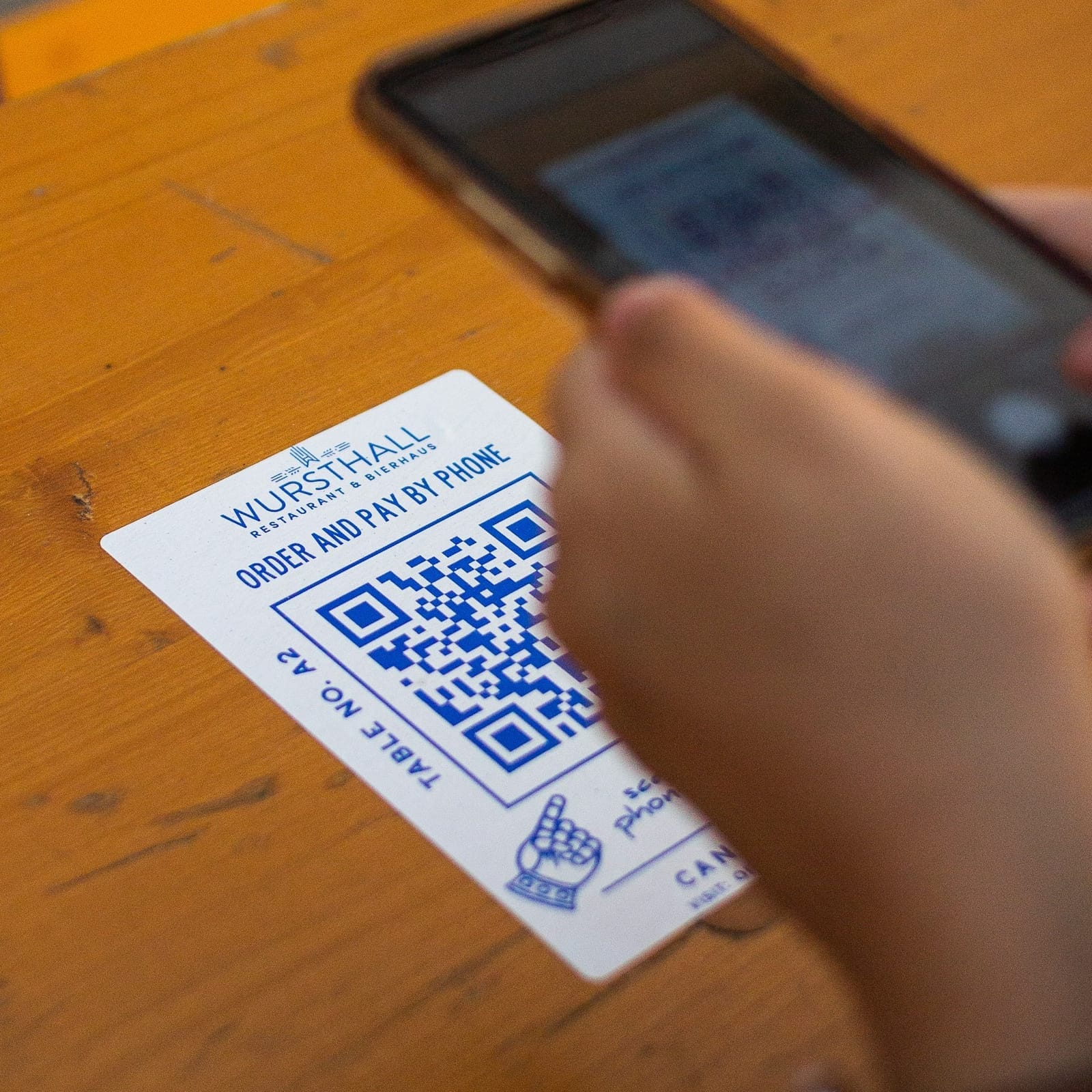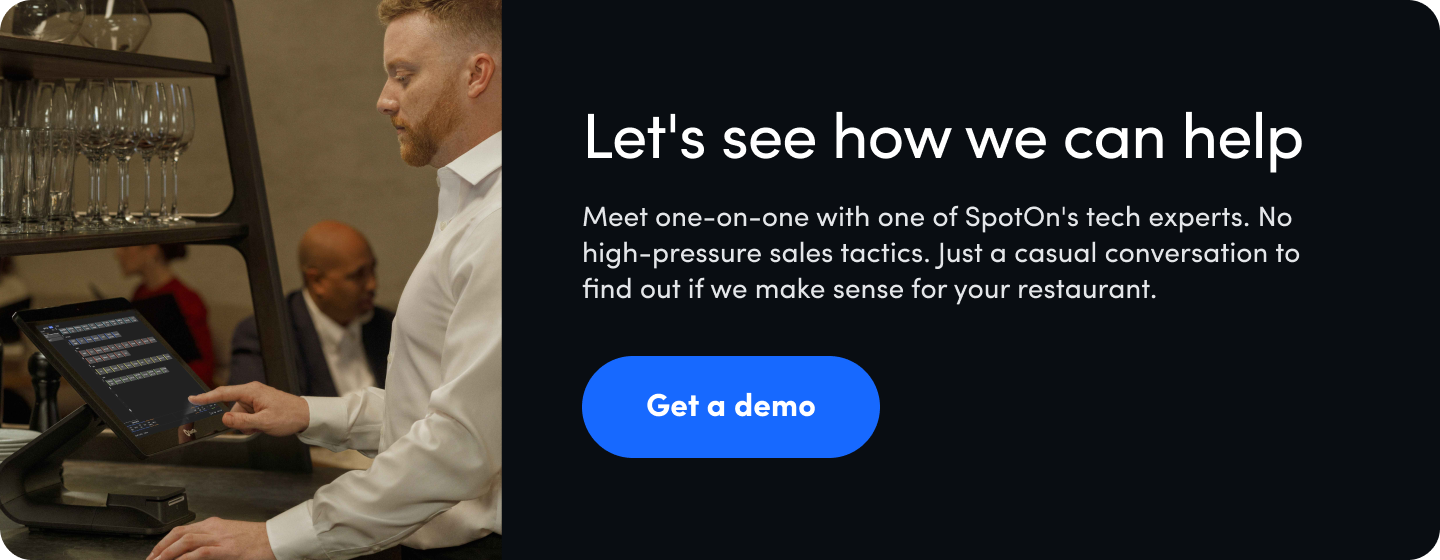For the past few years, restaurants have taken a “more is more” approach to technology. Pandemic-era dining meant QR codes, online ordering, expanded delivery options, and lean staffing. Call it the Omnichannel Era. Omnichannel means that guests have a convenient way to order and pay no matter where they are. An effective omnichannel strategy requires restaurants to set up and maintain an online ordering page, social media channels, and a professional business website while still excelling at the on-premise guest experience. It’s no easy feat.
Corporate restaurant groups have recently added a new term to the restaurant tech glossary: Unified Commerce. If it sounds like it was pulled from a retail business playbook, that’s because it was. Retailers coined the term to refer to a seamless flow of information between the customer-facing touchpoints, like online shopping and customer support, and the back-end systems, like inventory management and shipping.
What is unified commerce?
For restaurants, unified commerce means no matter how guests place their orders, restaurants can identify who’s placing the order, as well as their loyalty rewards and guest preferences. It means a more customized experience for guests and more valuable data for the restaurant. A unified commerce strategy can help inform operational decisions around labor management and menus.
Here’s how unified commerce plays out from the guest's perspective. A guest places an online order and receives loyalty points for their tuna poke bowl. When the same guest makes a reservation using an online reservation system, the server has insight into their preferences and can recommend tuna nigiri or the sesame ahi tuna with ponzu dipping sauce appetizer. The guest’s contact, loyalty, and spending data is stored on one centralized dashboard, making this information easy for everyone to access—from the designated marketing person to the host.
How is unified commerce different from omnichannel?
Incorporating tech into guest touchpoints is nothing new for restaurants. The pandemic increased guest acceptance of tech facilitating the order and payment process and pushed many on-premise-only restaurants into the takeout and delivery space. In the quest to be everywhere, restaurants joined third-party platforms and onboarded multiple tech partners. But ballooning costs have created a renewed focus on tools that move the needle on profits and efficiency and relieve the dreaded restaurant tech bloat.
Where an omnichannel strategy for restaurants involves expanding their tech stack and online footprint, unified commerce is focused on streamlining tech partners and prioritizing integrated tools and a seamless flow of data.

5 tips for implementing unified commerce at your restaurant
1. Evaluate the guest experience
While unified commerce involves an equal focus on operational efficiency and guest convenience, evaluating the ordering, payment, and loyalty experience from a guest’s perspective is vital work.
So much goes into the online guest experience. Low-quality, inaccurate, or missing menu photos might seem like a low priority, but they can greatly impact the selection of guests who order online. If you use third-party ordering platforms, evaluate the guest experience from that perspective.
2. Take stock of your tech stack
If you see costly fees, wasted time, and extended staff training, it might be time to reassess your tech stack. A unified commerce strategy doesn’t necessarily mean tossing out the old and implementing a whole new tech stack. Rather, it’s about prioritizing technology that integrates with your restaurant POS and works in sync with your tech stack.
This can lead to reevaluating your tech partners, eliminating platforms where the juice isn’t worth the squeeze, and ensuring you get multiple functionalities from your existing tech.
3. Identify data’s role in your restaurant operation
Your ceaseless quest for more guest data won’t amount to much if you don’t know how to use that guest data. Decide the role that data plays in your organization. Perhaps you’re working to become a more data-driven organization. Sales goals and performance metrics can help motivate your staff and grow your concept. Measuring the impact of online ordering on monthly sales or seeing how your loyalty campaign is driving off-peak traffic is critical to knowing whether the tech you’re paying for is truly worth it.
However, it’s not all about the numbers. Guest data can also mean more informed servers and a better customer experience. When guest information is accessible from the POS, it takes the guesswork out of identifying regulars and ensures important information, like allergies, is available staff-wide.
4. Focus on the intersections
Chaos often reigns when two tech platforms meet or, more accurately, refuse to meet. Using multiple tech platforms side-by-side can mean manually importing data, risking human error, or multiple tablets and tabs open (not to mention all the usernames and passwords).
If you’re onboarding a new tech provider, evaluate how it will integrate with your existing tech. Consolidating providers can be a vital step towards a unified commerce strategy and ensuring all your data ends up in one place.
5. Find a solid partner
As recent outages at large corporate chains demonstrate, consolidating technology can lead to headaches when that tech goes down. Make sure you choose a tech partner you can trust when issues arise. Make accessible support members, industry experience, and constant innovation a priority.
Unified commerce is a new strategy for a familiar goal
With every new season, sure as rain, there is a new flashy term in the restaurant tech world. But independent restaurants don’t need to reshuffle their entire organization to keep up with larger chains or meet guest needs. By assessing the flow of guest information in your restaurant’s operation and taking stock of your tech partnerships, you can consolidate your restaurateur toolkit just in time for a spring refresh.











